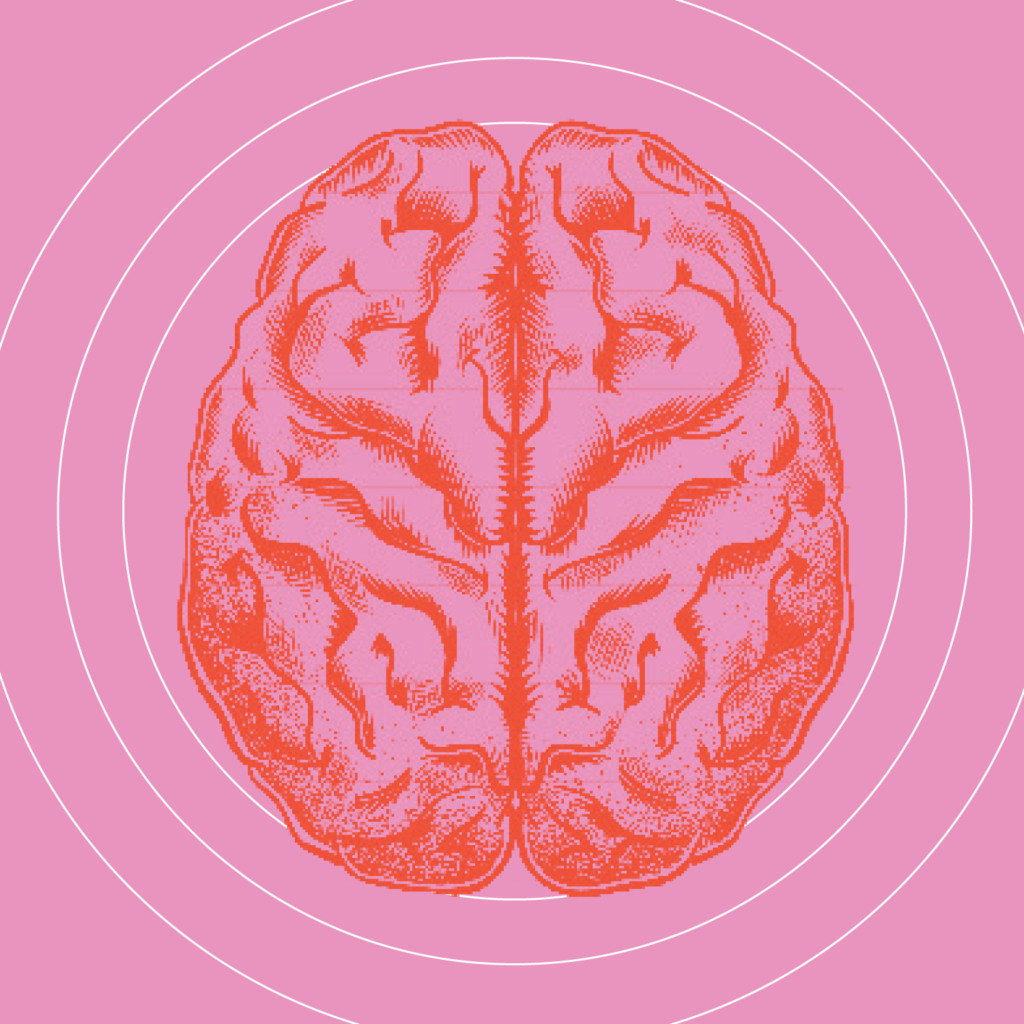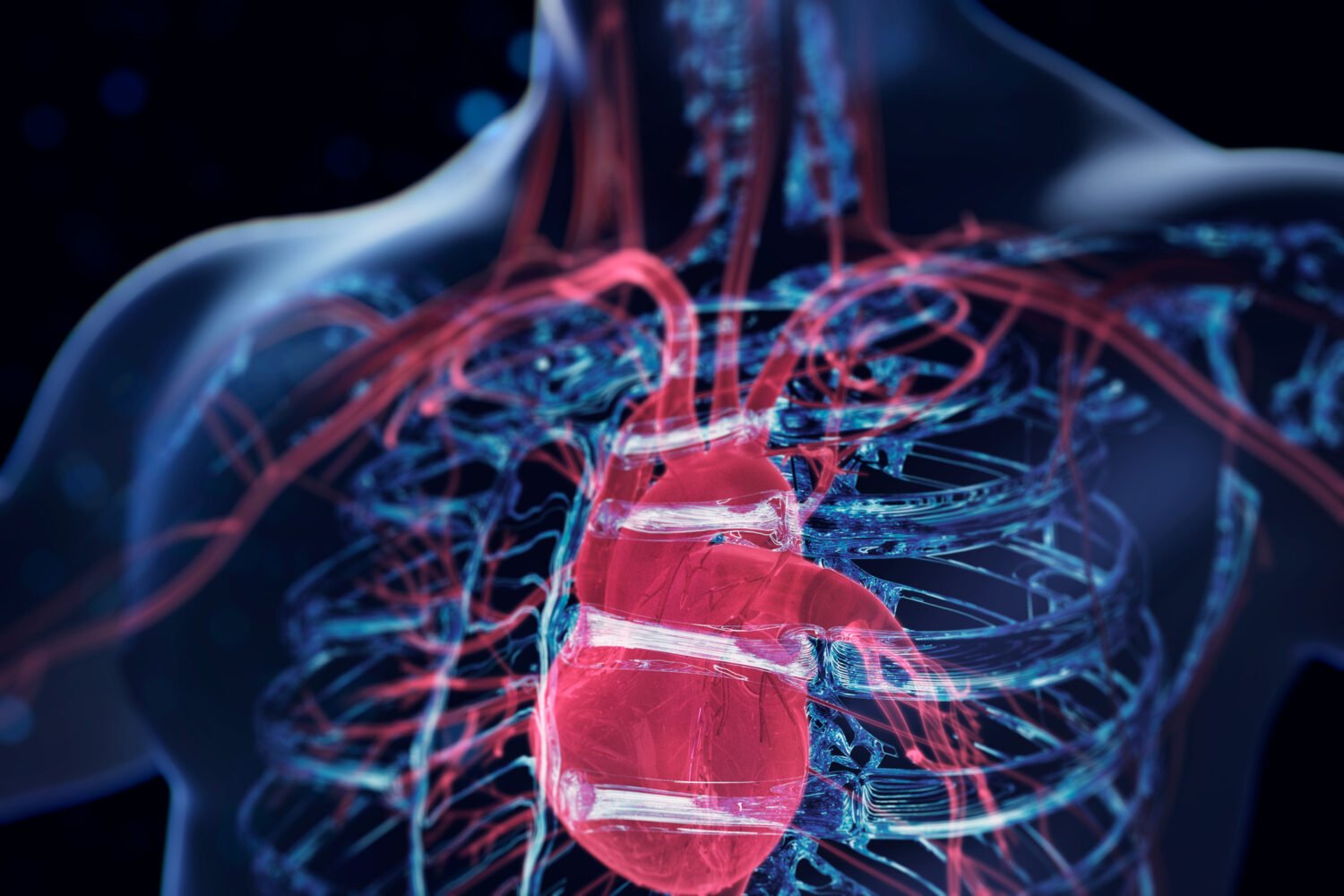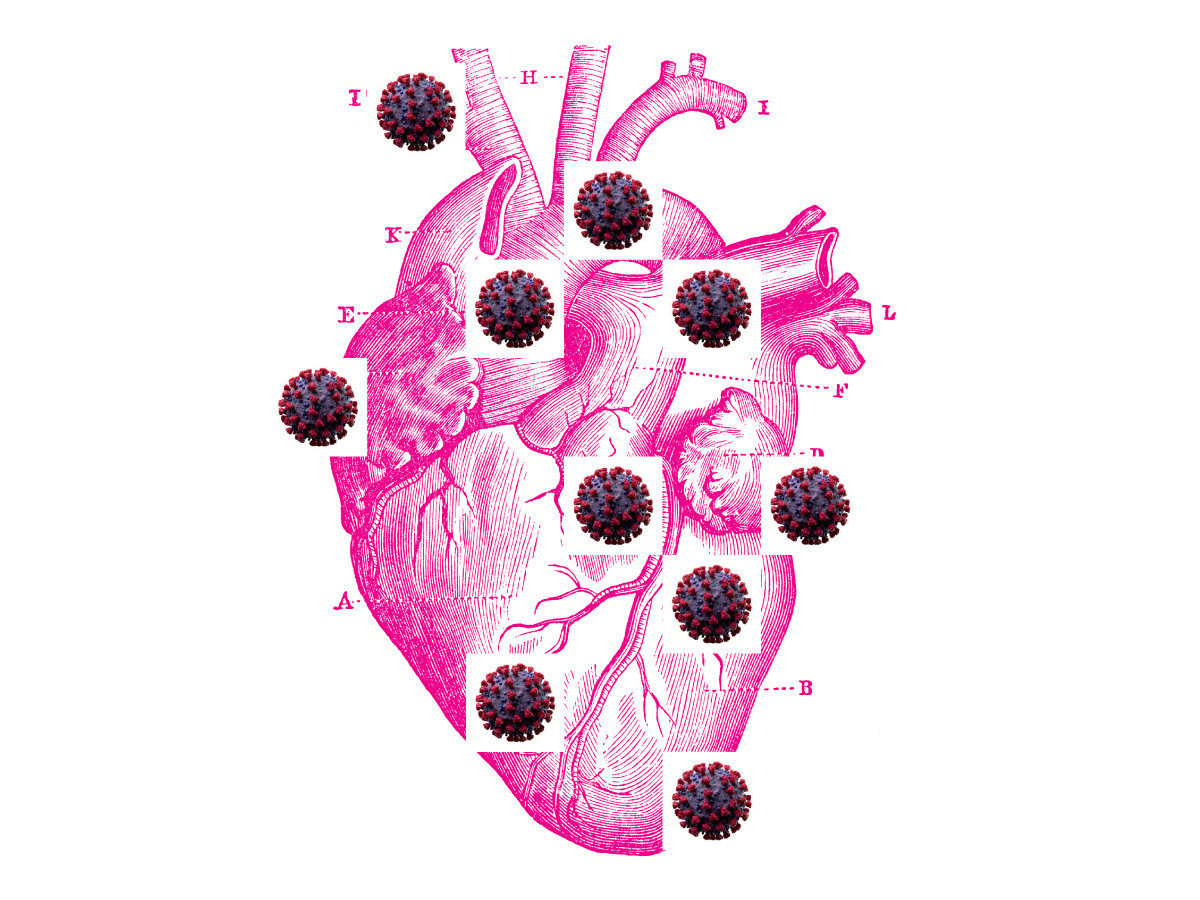
A day after Glendon Hartley returned to DC from an international bartending competition in Mexico in January 2020, he noticed his right arm wasn’t working correctly. The feeling was sudden. He was in the back seat of a friend’s car on the way home from a birthday celebration for his now wife, and when he went to grab his phone with his right hand, he couldn’t. While he thought it was “strange,” Hartley—co-owner of DC’s Service Bar and at the time yet-to-open, now Michelin-starred Causa/Amazonia—didn’t think anything of it: “I just grabbed [my phone] with my left hand.”
Then his wife turned from the passenger seat to ask him a question and he realized he couldn’t speak. He tried “talking with [his] eyes” and recalls the clear look of concern on his wife’s face. “The whole thing was very scary,” he says.
Less than 20 minutes later, they were in the emergency room at MedStar Washington Hospital Center. Hartley’s right leg had collapsed under him as he’d gotten out of the car, and he found himself unable to even shake his head as medical personnel asked him yes-or-no questions. “I’m thinking, This is a dream. Wake up. I’m all good,” he recalls.
In fact, he’d had an ischemic stroke. He was 35.
Often called a heart attack in the brain or a brain attack, stroke affects 795,000 people in the country each year. Hartley became one of them when he suffered an ischemic stroke, which happens when a blood clot blocks the flow of blood and oxygen to the brain.
He also became part of another statistic: Strokes in young adults (ages 20 to 44) have nearly doubled since the 1990s, increasing from 17 out of every 100,000 people in 1993 to 28 in 2015, according to Sana Somani, a vascular neurologist at Washington Hospital Center and a member of the NIH Stroke Program team, who says the uptick she’s seen firsthand echoes the national trend. The data for the statistic was first published in the American Heart Association journal Stroke in 2020. A study from England that looked at stroke rates between 2002 and 2018 identified a 67-percent increase in stroke incidence among those younger than 55. In both studies, the increased incidence among the younger group was in stark contrast to rates among older adults, which are on the decline. Now young adults make up 10 to 15 percent of the stroke population. Additionally, the risk of a first stroke is almost twice as high for non-Hispanic Black adults as it is for white people. Hartley is a Black West Indian; his family hails from Trinidad.
While the Centers for Disease Control and Prevention points to high blood pressure, high cholesterol, smoking, obesity, and diabetes as leading causes of stroke, none of those risk factors apply to Hartley. In fact, having clocked about 20 to 30 miles a week for decades, he’d gone on a run that January morning.
The cause of stroke in young patients is generally unknown, according to Somani. But no matter a person’s age, time is of the essence—immediate medical attention improves recovery outcomes. Patients suffering from an ischemic stroke who get to a hospital within four and a half hours of onset can benefit from new clot-busting medications, says Somani. In some cases, a mechanical procedure—such as the kind Hartley underwent—is more appropriate: A doctor threads a catheter with an attached device through the aorta (in the heart) and ultimately into the brain vessel to remove the clot.
Often, however, because strokes are usually painless, Somani says, only about a quarter of patients get to a hospital within the first few hours. Young people especially are less likely to call 911 at the onset of symptoms because they’re not as likely to equate them with stroke. For those young people who do get to the hospital early, as Hartley did, Somani says the prognosis is generally favorable.
The challenge with stroke, the doctor explains, is there are no warning signs. In Hartley’s case, one minute everything was fine, and the next the clot in his brain had formed, his right side had stopped working, and he’d lost the ability to speak. It all happened in minutes, if not seconds.
His recovery included 20 days in the hospital—it took several days for him to regain speech and two weeks to move his hands again—plus months of rehab. “It was pretty rough,” Hartley says. He’s now back at work, and a slight limp is a reminder of his ordeal—he admits to being slower in movement and speech than before. Though running is off the table for now, he’s discovered new ways to keep active: Playing disc golf with his wife helped a lot with rehab, he does calisthenics with free weights, and he’s taken up tennis.
Two Types of Stroke
Some 87 percent of people who have a stroke suffer an ischemic stroke, the kind Glendon Hartley had, when a clot–typically originating in arteries of the heart or neck–impedes blood and oxygen from getting to the brain. There’s also the less common hemorrhagic or intracerebralhemorrhage (ICH) stroke, in which a blood vessel ruptures. Just as the incidence of ischemic stroke has nearly doubled since the 1990s in people under age 65, there’s also been an 11-percent uptick in younger people having ICH strokes over the past 15 years.
Signs You Are Having a Stroke
There are no early warnings of an impending stroke. Once you notice the signs, it means your brain is already being deprived of oxygen. Sana Somani, a vascular neurologist with MedStar Washington Hospital Center, says to remember the symptoms with the acronym BE FAST, then act quickly by calling 911.
B: Balance
Are you able to walk?
E: Eyes
Have you lost your sight or do you have blurry vision?
F: Face
Do you have a facial droop?
A: Arms
Can you raise and lower your arms?
S: Speech
Can you speak or are you slurring your words?
T: Time
Know the time when symptoms started and call 911 immediately.
If you’re young–especially if you’re a woman–you may need to advocate for yourself. Despite an increased risk of stroke in female patients under 45 who get migraines, smoke cigarettes, and take hormonal contraceptives, “so many times, I think, stroke is dismissed,” Somani says.

















